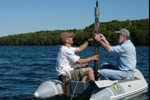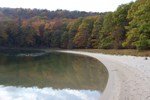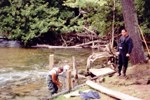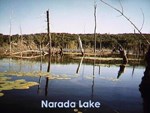Protocol for Monitoring and Assessing Methylmercury and Bioaccumulative Organic Contaminants in Aquatic Food Webs
This protocol outlines a framework for quantifying concentrations of methylmercury, total mercury, and bioaccumulative organic contaminants in aquatic organisms selected as biosentinels of localized contamination of aquatic food webs in six parks of the Great Lakes Network. The protocol focuses on three groups of biosentinel organisms (small prey fish and larval dragonflies for mercury, and predatory fish for organic contaminants) that are widely distributed in aquatic habitats in parks within the Great Lakes Network. The selection of these biosentinel organisms for monitoring and assessment was based on published recommendations, on inferences drawn from existing data for park units in the Great Lakes Network, and on the authors’ collective experience with investigations of mercury and bioaccumulative organic contaminants in aquatic biota in Parks and other surface waters within the region.
The authors recommend that the first 3 years of this inventory and monitoring program, 2008-2010, be devoted to three tasks: (1) the collection and analysis of samples from the six park units; (2) statistical analysis, interpretation, and reporting of the data; and (3) the further evaluation of data variability, sampling design, operational costs, and logistical factors. The results from this initial 3-year effort should be used to refine this strategy, as needed.




